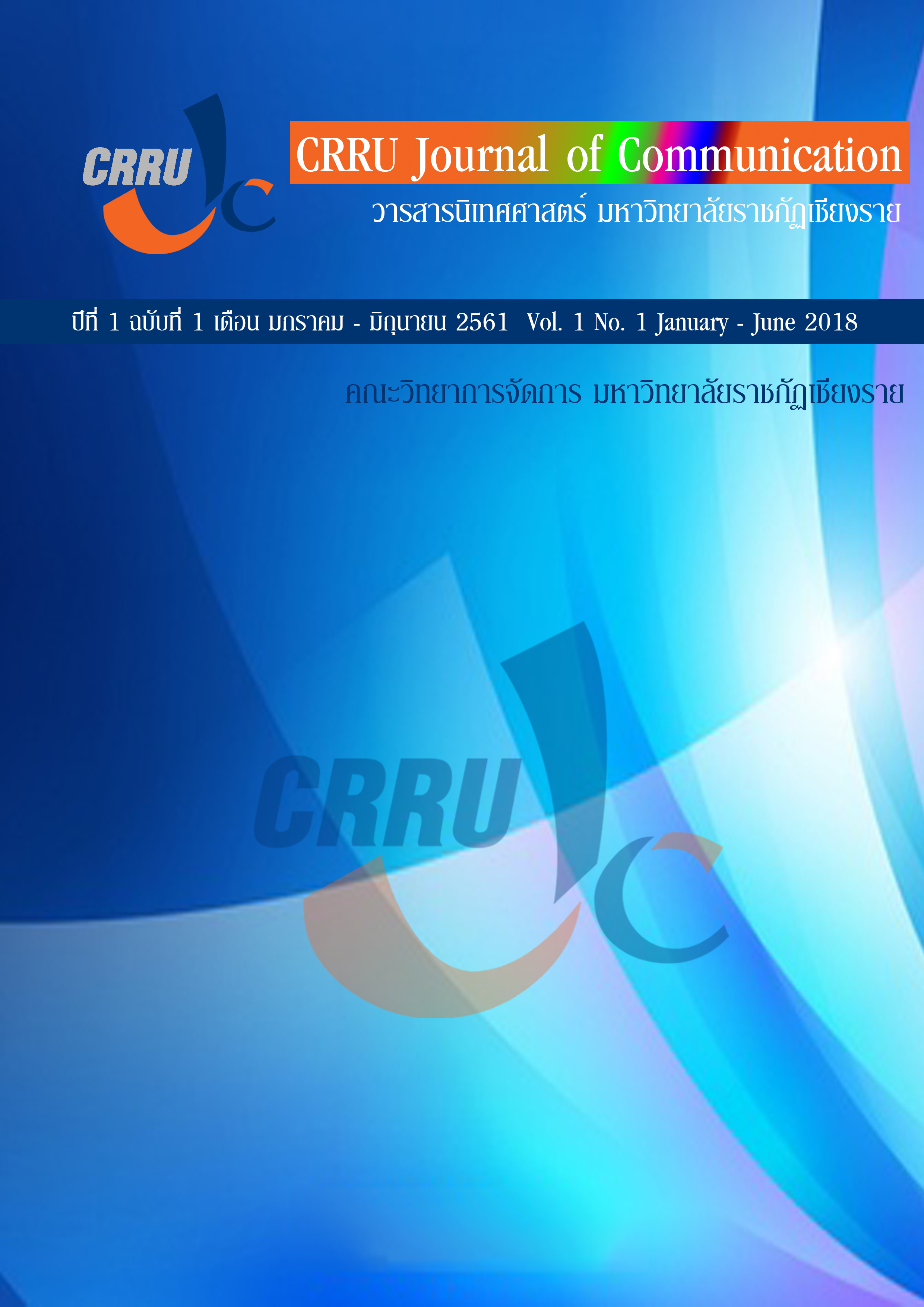The Study of the Narrative Structure of a T.V. series named I Hate You, I Love you or Hate you
Main Article Content
Abstract
This article purposes to study the narrative structure of a T.V. series named “I Hate You, I Love you” or “Hate you”. The David Bordwell’s theory on narrative structure was applied as the analysis method. A T.V. series named “I Hate You, I Love you” or “Hate you" was selected specifically since it contains and presents sexual values among young people, emphasizing on affection between girls and boys. It resulted that the plot of “I Hate You, I Love you” starts with love conflict. The main character, each, appears when a conflict happens. The endings of each episode of “I Hate You, I Love you” varies dramatically; tragic from loss or enigma. The major theme is love theme where the situations are related to love stories. Regarding Dialogue of “I Hate You, I Love You” in 5 episodes, it was found that the language used is spoken language focusing on listening language. The target audience is young people, so the simple and unformal styles of language is used to attract their interests. Without complication, the language is very straight forward. And it is sometimes too violent or it is not appropriate using swear words, provocation and discourtesy.


